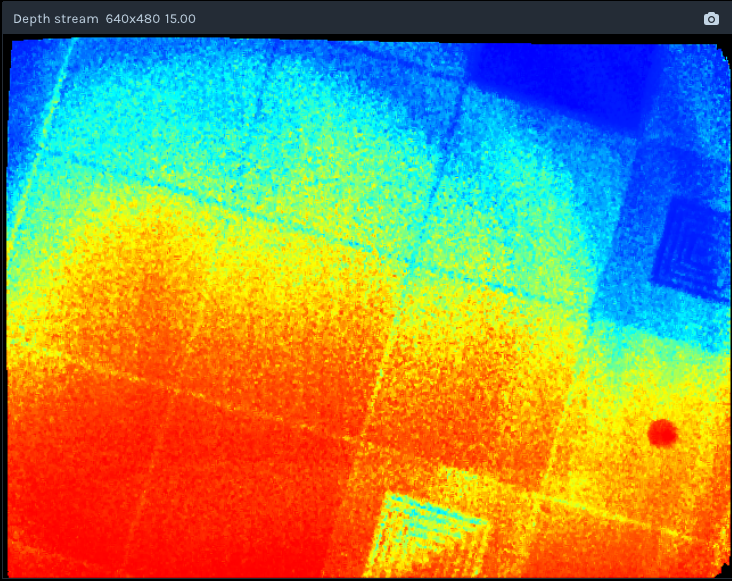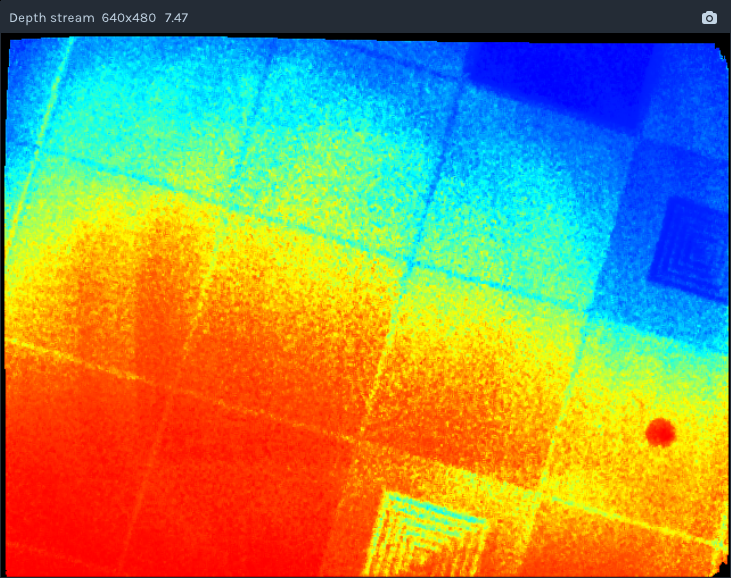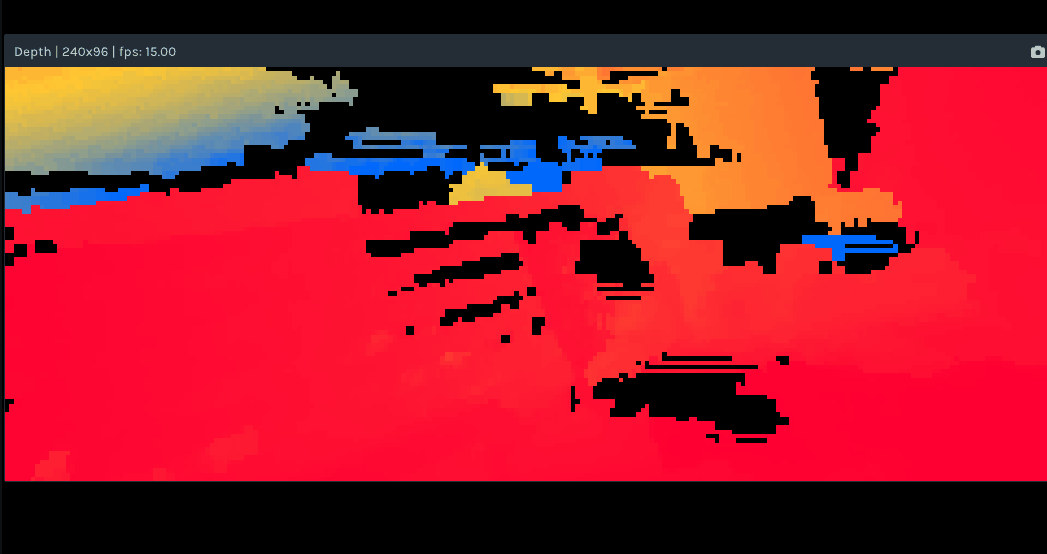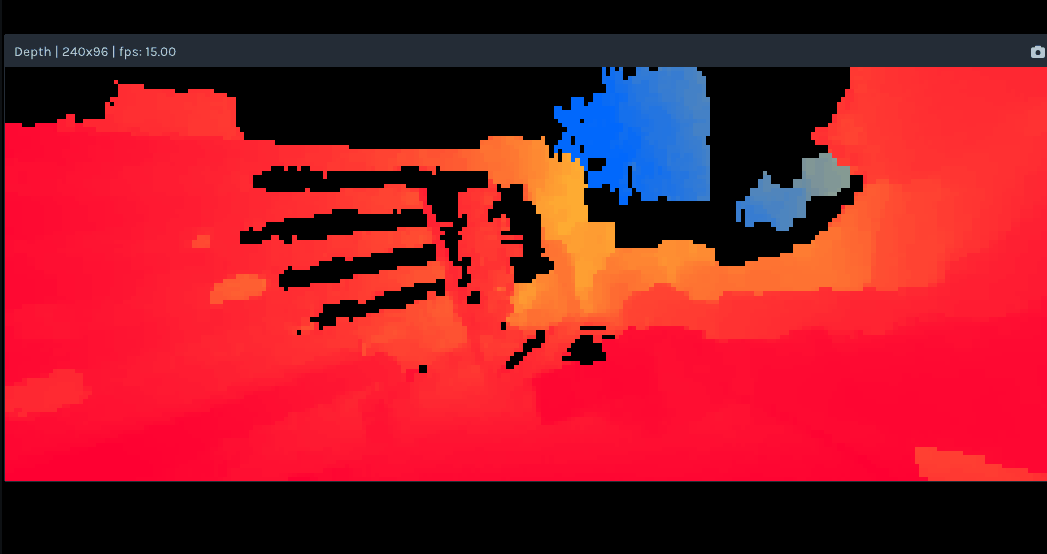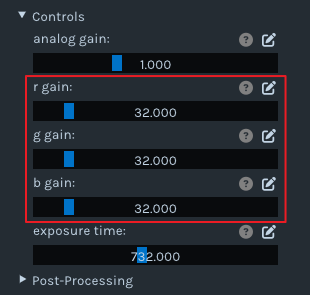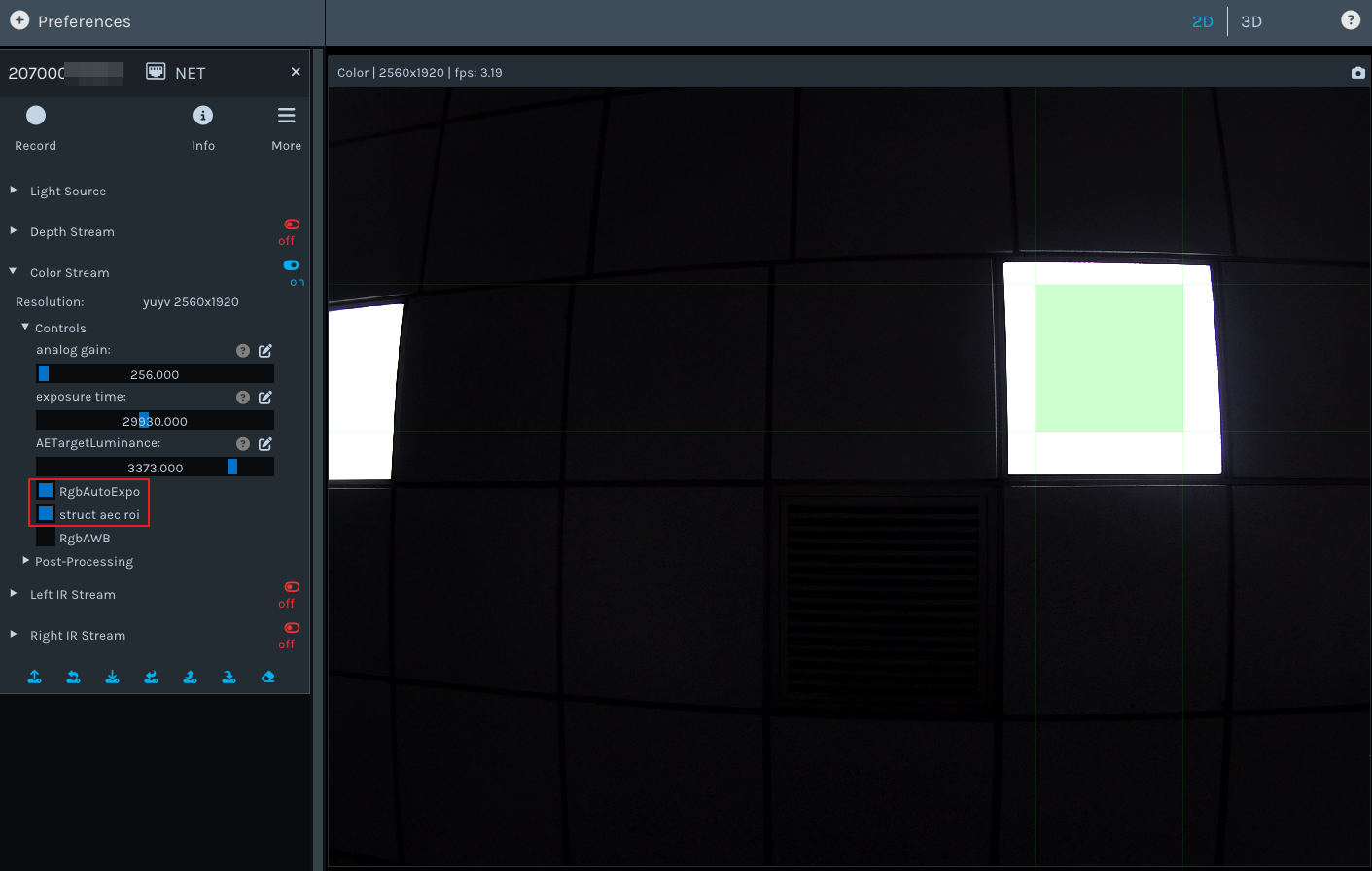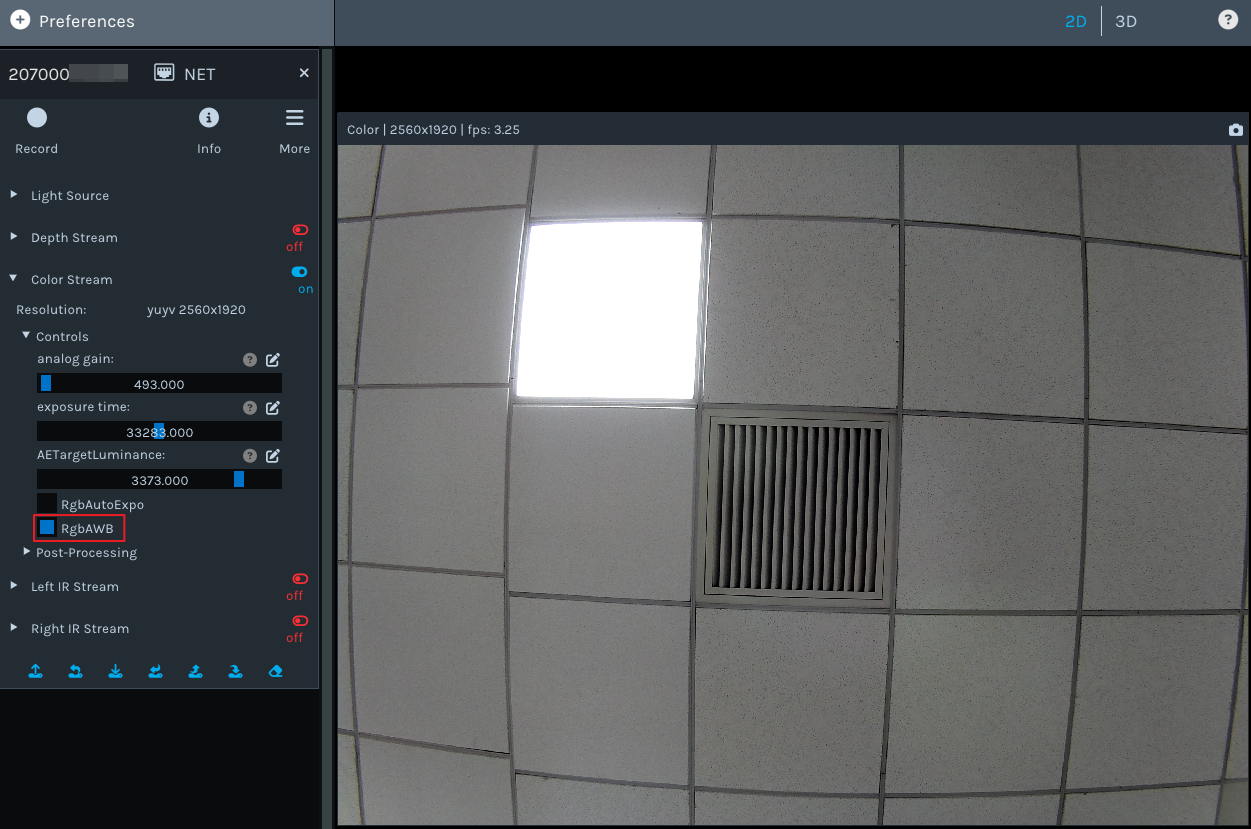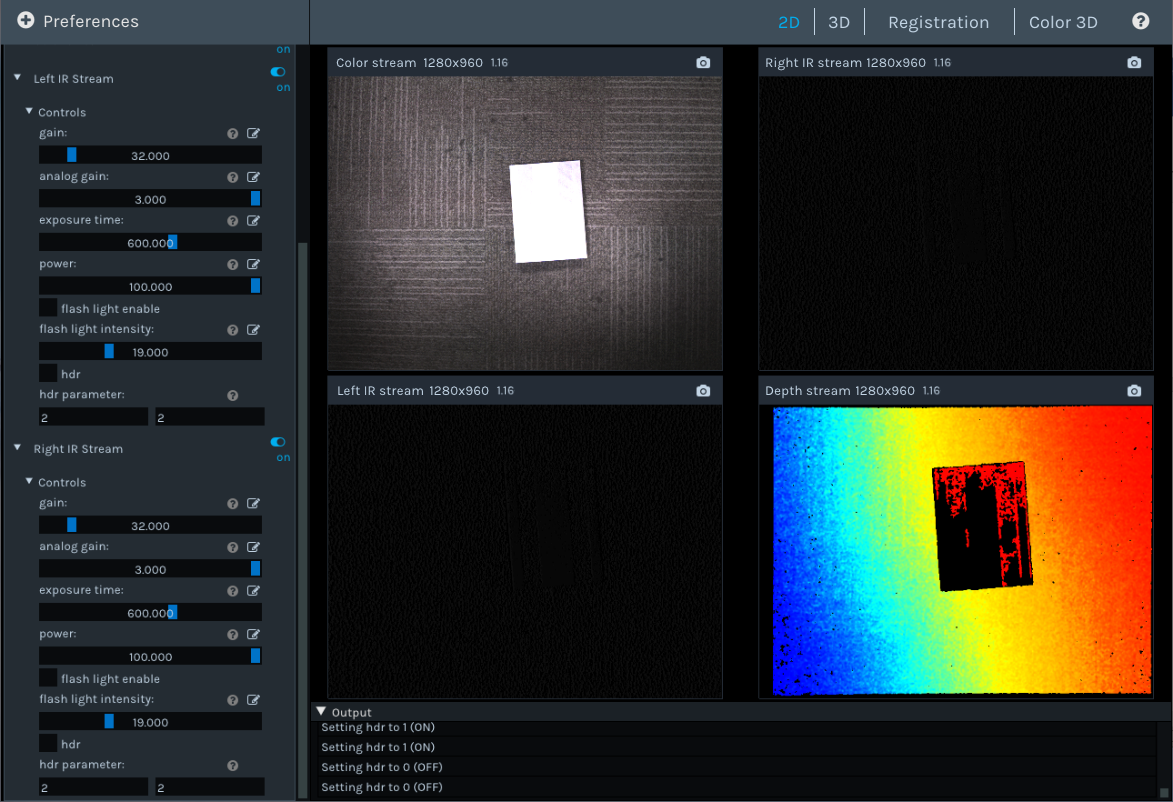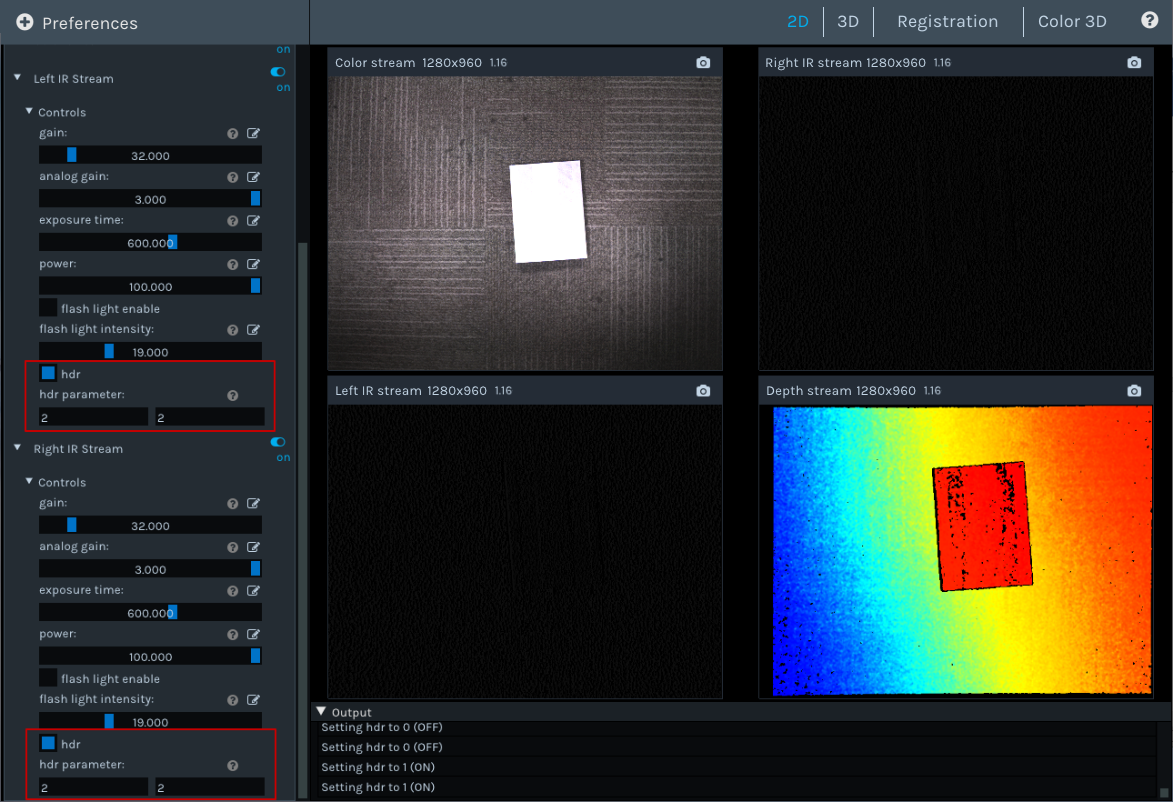Parameter Descriptions
This section will provide a detailed introduction to all image tuning function parameters supported by the Percipio Viewer, to better understand and use the software.
Device
The following are the settings descriptions for each attribute under the depth camera device components.
Flash Light
This feature is used to assist with the online dynamic calibration of the camera.
When both the Left IR Stream and Right IR Stream are ![]() , select flash light enable and set the flash light intensity according to actual needs.
, select flash light enable and set the flash light intensity according to actual needs.
Comparison before and after using the flash light feature:

Flash Light Disabled
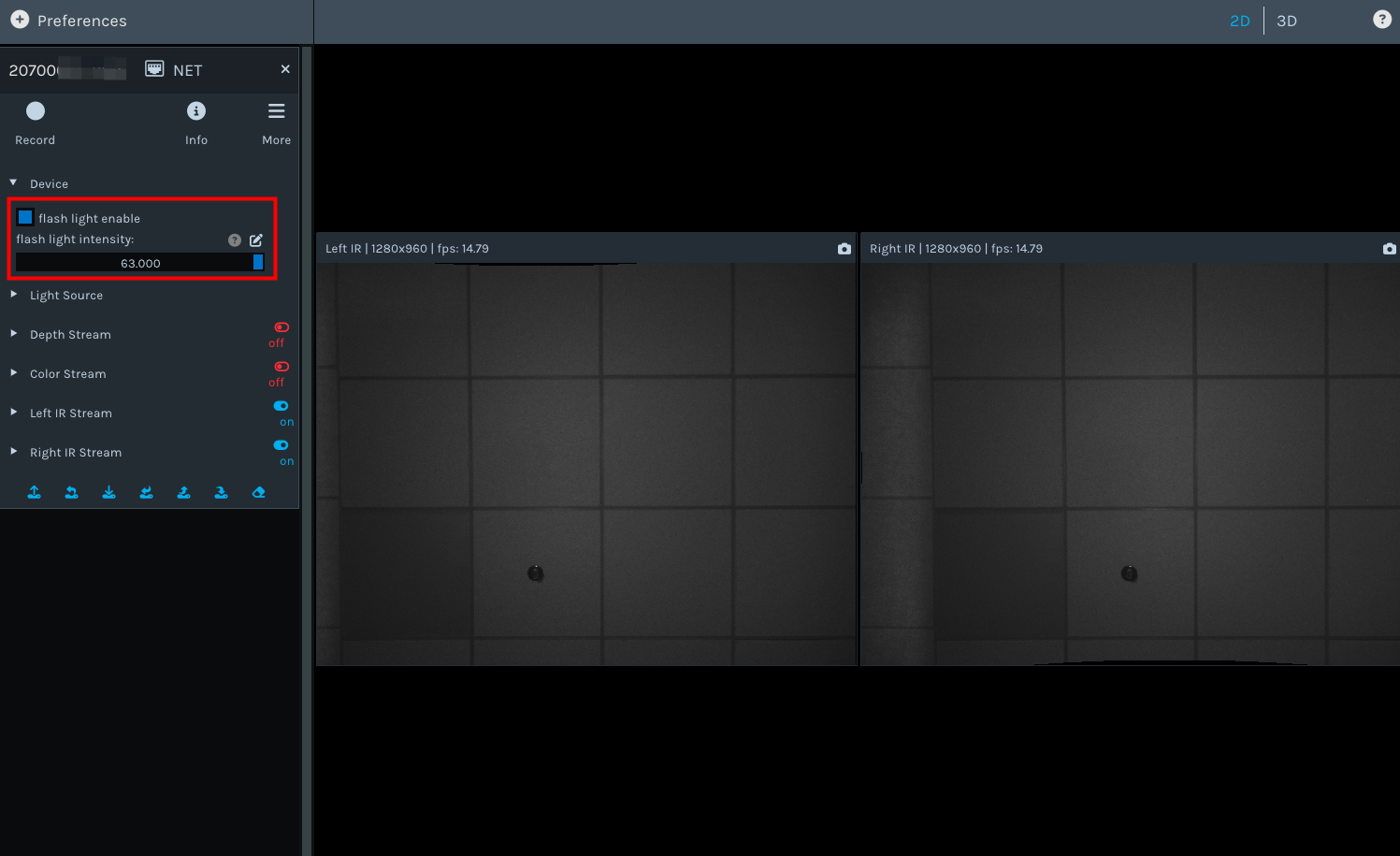
Flash Light Enabled
Light Source
The following are the functions used for tuning the camera light source.
Auto Ctrl/Power
This section of parameters is mainly used to switch the laser on and off and adjust the brightness of the laser.
When all data streams are ![]() , set auto ctrl according to actual needs, and then turn on the data streams.
power is used to set the laser brightness; the larger the set value, the brighter the laser.
, set auto ctrl according to actual needs, and then turn on the data streams.
power is used to set the laser brightness; the larger the set value, the brighter the laser.
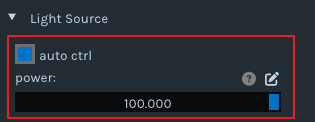
Light Source Power
Note
The rules for enabling and disabling the camera laser can be found in the section: Laser setup.
Controls
The following are the image tuning functions for depth maps, color images, and grayscale images, divided into four main modules: SGBM Parameters, ToF Related Parameters, Gain and Exposure Related Parameters, and Undistort Parameters. Each parameter can be adjusted flexibly according to actual needs to optimize image effects.
SGBM Parameters
Adjust SGBM parameters in real-time based on the depth map to optimize the camera’s ranging, accuracy, frame rate and depth map post-processing. Some cameras support SGBM parameters.
Edge Smoothing Parameters
semi global param p1
Sets the penalty parameter P1 for disparity changes between neighboring pixels (+/-1).
The larger the value, the smoother the depth map.
Prevents discontinuities or unreasonable depth values, effectively suppressing noise and discontinuities.
semi global param p1 scale
Sets the scaling factor for the penalty parameter P1 for disparity changes between neighboring pixels (+/-1).
The smaller the value, the smoother the depth map.
semi global param p2
Sets the penalty parameter P2 for disparity changes between surrounding pixels.
The larger the value, the smoother the depth map. P2 > P1.
This parameter effectively handles texture-rich areas, reducing the number of mismatches.
enable half window size
Search filter switch.
Further optimizes the depth map, removing noise and discontinuities, and making the point cloud at object edges more accurate.
Median Filter
enable median filter
Eliminate isolated noise points while preserving edge information as much as possible.
After clicking enable median filter, adjust the parameter median filter thresh.
The larger the value set for median filter thresh, the more noise points will be filtered out, but it may also result in the loss of fine details in the depth map.
Distortion Correction Parameters
Performs distortion correction on the output left and right grayscale images.
When the data stream is ![]() , select undistort in either the Left IR Stream or Right IR Stream to obtain the distortion-corrected grayscale images.
, select undistort in either the Left IR Stream or Right IR Stream to obtain the distortion-corrected grayscale images.
Comparison before and after enabling the undistort:

Before enabling the undistort

After enabling the undistort
Depth Visualization
The following are the image tuning functions for depth map rendering at the software level.
Color Scheme
When the Depth Stream is ![]() , set the Color Scheme.
, set the Color Scheme.

Color Scheme
Supports switching between four color schemes: Classic (top left), Turbo (bottom left), Gray (bottom right), and Autumn (top right). These schemes are used to render the depth map and enhance the visual experience.

Effect diagrams of the four Color Schemes
Analytical/Optimize
The following are the software-level quality assessment and post-processing functions for depth maps and point clouds.
Analytical Type
Data analysis of depth maps.
When the Depth Stream is ![]() , set the Analytical Type.
, set the Analytical Type.
Select single pixel, the following information is displayed in real-time at the bottom left corner of the depth view:
Depth of center : The depth value of the center point of the depth map.
Depth of (X,Y) : The depth value of the point indicated by the mouse cursor.

single pixel
Select rectangle area, drag with the left mouse button on the depth map to select the region of interest (ROI). The following information is displayed in real-time at the bottom left corner of the depth view:
Mean distance of ROI(x1 y1 x2 y2): The average depth value of all points within the ROI.
Fit plane distance of ROI(x1 y1 x2 y2): The depth distance from the camera’s optical center to the fitted plane of the ROI.
Planarity of ROI(x1 y1 x2 y2): The planarity of the ROI. The more uniform the depth values within the ROI, the smaller the planarity value.

rectangle area
Fill Hole
Fills in missing depth data. When used in conjunction with the Remove Outlier function, it achieves the better depth map.
When the Depth Stream is ![]() , select Fill Hole and adjust the k Size and h Size.
, select Fill Hole and adjust the k Size and h Size.
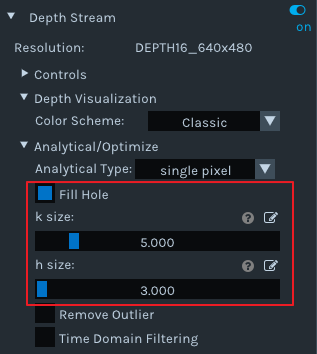
Fill Hole
Note
If the parameter values for k Size and h Size are set too big, it may cause distortion in the depth map.
Remove Outlier
Reduces outliers and mismatched points in the point cloud.
When the Depth Stream is ![]() , select Remove Outlier and adjust the spk size and spk diff according to the depth map.
, select Remove Outlier and adjust the spk size and spk diff according to the depth map.
If the number of points in a region is less than the spk size setting, the points in that region are considered outliers and will be removed. If the depth difference between adjacent pixels in a region is less than the spk diff setting, the adjacent pixels in that region are considered part of the same outlier.
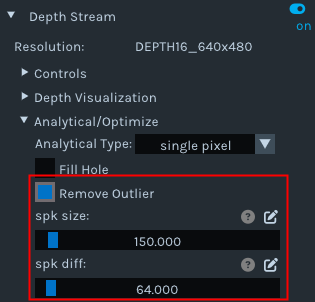
Remove Outlier
Time Domain Filtering
Averages multiple frames of data to remove noise and smooth the point cloud.
When the Depth Stream is ![]() , select Time Domain Filtering and adjust the time-domain frame count according to the point cloud map.
, select Time Domain Filtering and adjust the time-domain frame count according to the point cloud map.
The larger the value set for the time-domain frame count parameter, the smaller the depth value jitter and the smoother the point cloud.

Time Domain Filtering
Median Filtering
Eliminates isolated noise points while preserving edge information as much as possible.
When the Depth Stream is ![]() , select Median Filtering and adjust the Ksize according to the point cloud map.
, select Median Filtering and adjust the Ksize according to the point cloud map.

Median Filtering
Post-Processing
Image tuning functions for color images.
Auto ISP
Converts BAYER images with color casts into color images in the normal color space.
Note
Cameras equipped with a hardware ISP module can output color images in the normal color space without the need for post-processing using the Auto ISP function.
When the Color Stream is ![]() , select Auto ISP to correct BAYER color images with color casts.
, select Auto ISP to correct BAYER color images with color casts.
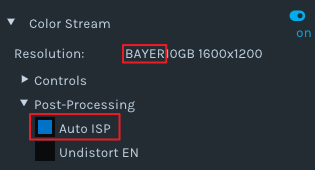
Auto ISP
Undistort EN
Performs distortion correction on the output color images.
When the Color Stream is ![]() , select Undistort EN to obtain distortion-corrected color images.
, select Undistort EN to obtain distortion-corrected color images.

Undistort EN


